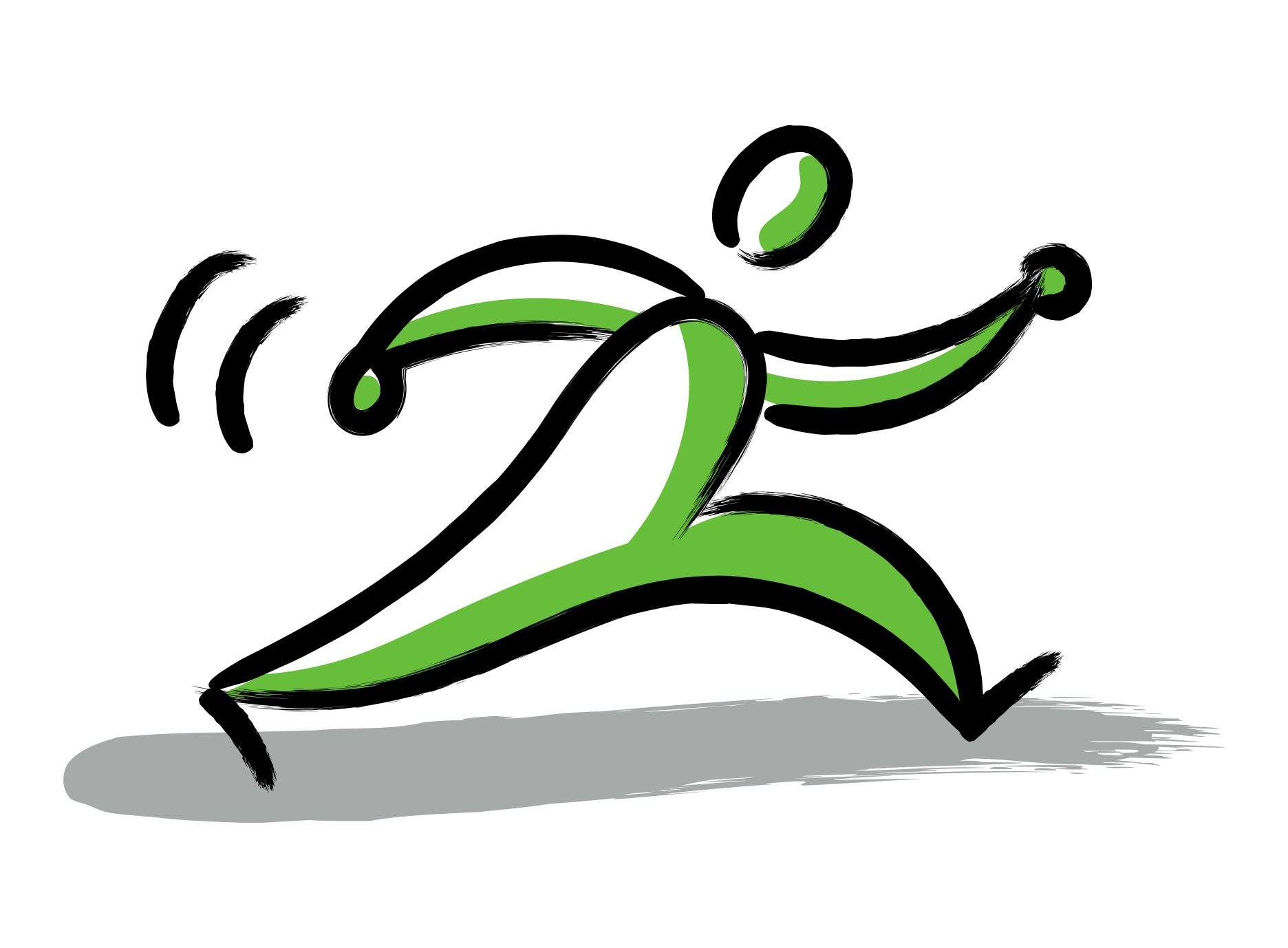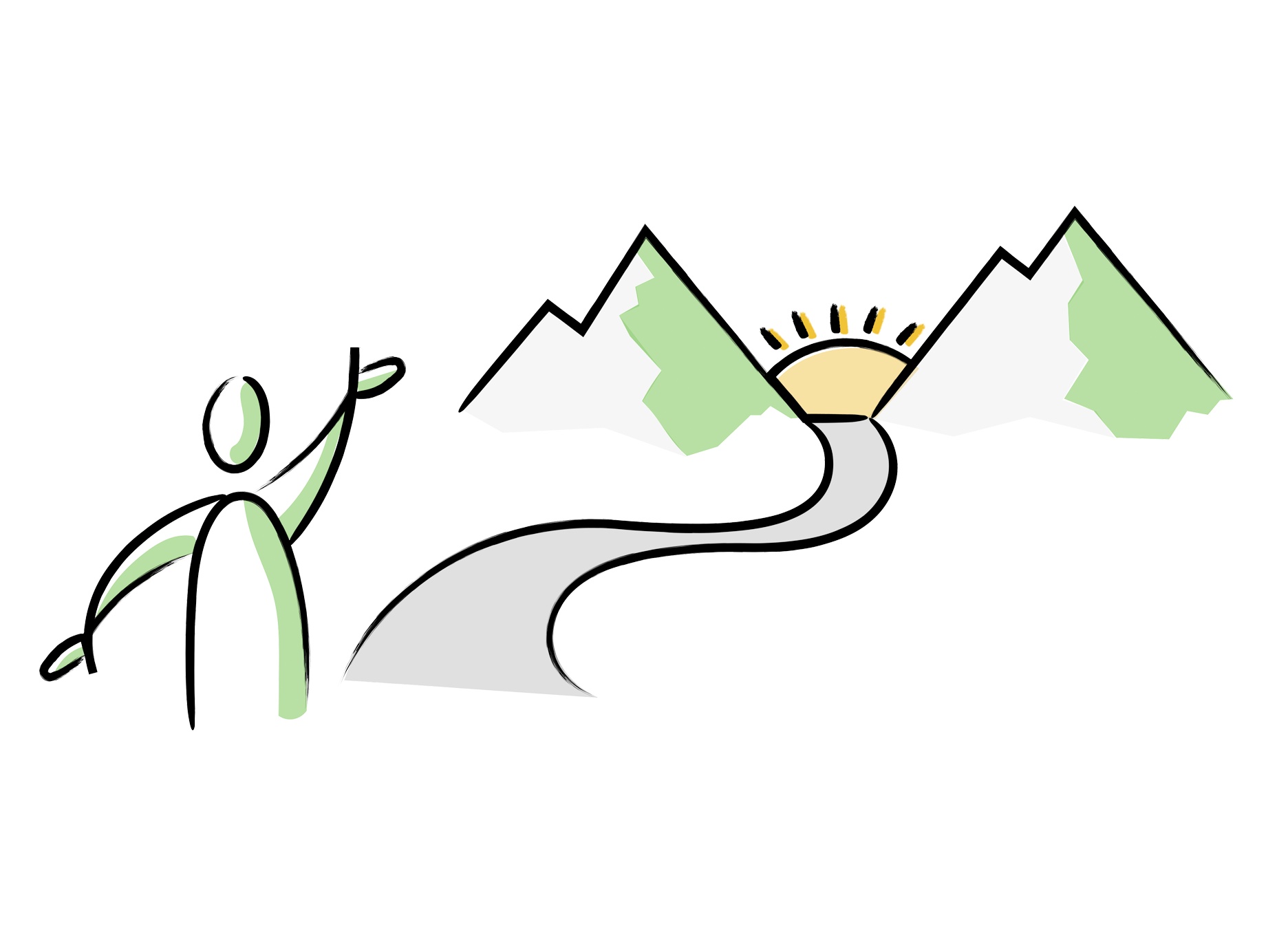Agile vs. Agility: A Tale About the Difference Between the Processes and the Mindset
A year ago, in the midst of the pandemic, I had the honor and pleasure to join a creative and innovative community called Agile Leadership Journey. It was like finding an oasis in a desert; a lush island of possibilities, opportunities and rest in a world where coaches like me find solace. While confined at home, my head and my heart could travel to Canada and the US, opening windows to the world.
When Leadership Development Is Seen As a Valuable Difference
Agile Leadership Journey (ALJ) relates to the eye-opening and interactive workshops that comprise the journey: Leadership and Organization Agility. Most of the guides, and the founder, Pete Behrens come from the wave of Agile software development, the processes or framework born in 2001 that helps manage projects in an innovative, iterative and collaborative way (How Agile Leadership Emerged). The Agile wave overflowed the business world to a point where agility is understood as being Agile, namely, to use Agile processes like Scrum Masters (facilitating Agile processes in a team), retrospectives (assess what went well and what can be improved), backlogs (list of things to do), etc.
I saw that wave building up while I was busy growing my coaching business, focusing on leadership development and systemic relationships in organizations. I’ve been doing it for more than 15 years in Europe and in the States. When I joined ALJ, I thought that I could jump onboard the new Agile trend while still practicing my craft and expertise as a development coach. Actually, I was seen as a fresh and interesting profile providing a different approach. It felt exhilarating at first and sometimes overwhelming as I had to learn all the subtleties of Agile fast. Luckily, the more I got to know about it, the more I could see the bridges with coaching and especially with Organization Relationship System Coaching (CRR Global) with concepts like everyone has a voice, designing alliances to define how we want to be together, etc. So, I could moor my paddle board to that cruise ship without drowning too much.
When Agility Means Cutting Edge Development
When I took the Agile Leadership Journey™, I loved it. The content felt like the perfect balance between context setting, models, examples, practice and discussions about the learning. Furthermore, it comprised all the models that I consider at the edge of leadership development, like Adult Development Theories, Neuroscience, the art of conversation (this is the true technology of leadership by the way!), noticing and changing habits, working on culture. I was so excited that I didn’t question anything when I started to teach the workshops myself.
I found the word “agility” fitting perfectly the skills needed for leaders in a complex, volatile world; being able to move away from one’s habitual position to reach a new one by being connected to oneself, and intentional instead of reactive. Agility is a synonym of flexibility, like being a contortionist in the business world, courageous enough to let go of all the former privileges, certainties, or habits, and moving past ignorance. Ignorance is being blind to what is happening internally or externally. It doesn’t work anymore; when leaders don’t tune in to their thoughts, emotions, beliefs, habits, teams, people, or market, they are outdated and, worse, highly ineffective.
Agility Is Not a Synonym of Agile
Up until a year in, when I talked about the workshops to my network, I was surprised by the reactions. It was like lemon juice: it got people to react either for or against it and left no one neutral. People confused agility with Agile. There was no amount of explaining: when I mentioned leadership agility, people were thinking Agile (the frameworks and their associated processes, like Scrum or Kanban). It was a bit like when you ask kids not to touch something and that is exactly what they do. I tried my best to explain that Agility means working on the mindset, helping leaders to notice their habits, catching themselves in the act so that they can intentionally choose a different behavior that gives more space for people to show up. Still, they were thinking Agile, wanting for more or hating it and cutting the discussion short.
It got me thinking about the semantic diffusion around agility due to the growing interest in Agile processes. Agile is considered as the panacea to turn dinosaurs into phoenixes. The organizations I work with are big ships, active on the market for a long time. They see Agile as being the cure to turn the ship around. It is like a skyscraper that needs to be redesigned without breaking it down, so renovations have to be done while still standing, even new foundations. Quite a paradox, isn’t it? Some organizations, like banks or consulting firms, start to notice that Agile is just a different way to organize how people circulate within the building, not its redesign. Whereas agility is the ability to shapeshift from a skyscraper to a two-stories building at will.
Agility Is What the World Needs
I believe that Agile is powerful, disruptive even, and is an apt tool when used in the right context. However, using Agile doesn’t change how a leader thinks or doesn’t influence the senior leaders’ mindset, though they may be remotely connected to Agile to validate the processes and co-steer the culture shift. Yet, agility is a universal answer to the crazy, sorry VUCA world we live in.
Today’s world, with the increase of technology and interconnectedness, is a unique scene where who you are and what you believe in doesn’t serve you in the
long term: you have to redefine yourself, constantly. You have to unlearn and relearn new habits to serve better the ever-changing outcomes. Agility is being able to see through your habits and beliefs, to move past the autopilot, and become intentional with your behavior, emotions and thoughts. To rise above your actual level of consciousness and reach a new one that encompasses more perspectives, creates more space for others to bring their full potential, to co-create, collaborate, be safe to speak up, disagree with respect, share half-baked ideas, and take ownership.
Agile Is Horizontal, Agility Is Vertical
It seems organizations are at a point where they either use Agile processes alone or couple it with leadership agility (changing the leaders’ mindset). Surprisingly, engaging in leadership agility as an entry door is not seen as disruptive as the Agile frameworks, and sometimes lands into the basket of worn-out leadership development programs. This is misguided. I see leadership agility as a vertical development (you expand your way of seeing the world and yourself), and not a horizontal one (you increase your skills at the same level of consciousness). Only vertical development helps in a complex, fast-paced world where what got you here certainly won’t get you there (as a reference to Marshall Goldsmith’s eponym book). Leadership agility refers to being adaptable, it is the black gold of the 21st century.
Leaders Need to See the Value of Agility if They Want to Stay Relevant
One obstacle for leaders to see how valuable leadership agility is, relies on the difficulty to acknowledge their need to grow. Often, it is a context that steers leaders into coaching or training: be it a promotion, a repeated underperformance, conflict, change in the culture, mergers, high turnover, or using Agile frameworks. However, no events are needed today to start building more awareness and broadening one’s view of the world. Life is the event itself. The need to stay valid, afloat, relevant in the organization or on the market is enough.
Leadership agility is the path, it helps move away from the belief that only one person understands all the problems and alone knows the solutions, the whole organization does. That only one person is responsible for any mistakes, everyone is. That failure is a sign of weakness when it is a sign of courage. That pointing fingers is the way out, when owning your part is the only way forward. Agile is a horizontal tool, scripting behaviors without changing the view of yourself or the world. Whereas agility is a vertical development where leaders see new things that influence the way they show up; from reactive to creative, from habitual to intentional
The Leaders I Coach and Train See the Value of Agility
The leaders I coach and train in leadership agility, share how impactful taking the time to pause is, to reflect on their habits and beliefs, to notice what they need to adapt. Leaders are so busy working, especially now with the confinement where days are longer, breaks scarcer, and challenges more complex, that self-reflection feels really good. The leaders who dare to let go of the old habits, instead of trying to surf the waves like they were in a cast from head to toes (clinging to what they always knew as being true), they decide to navigate the choppy waters with grace and adaptiveness. Instead of fighting the world, refusing to accept the necessity to change, they accept what is.
Agility leadership teaches you how to push through the discomfort of being wrong, the perceived fragility of vulnerability to reach a new level of awareness, presence, and care. Agility helps move beyond the fuss of the monkey mind, closer to what feels like alignment, fulfillment, lightness, or a state of flow. New Paragraph








